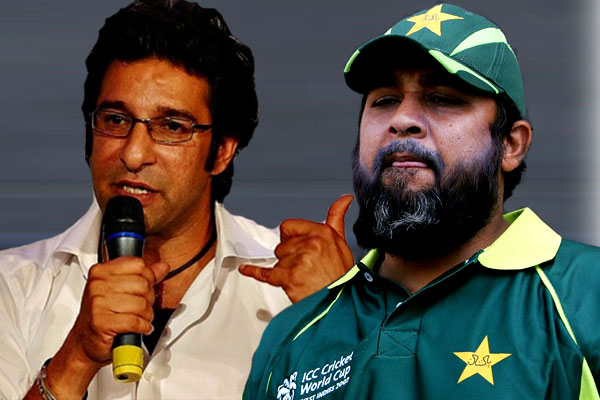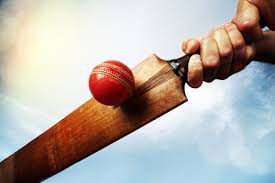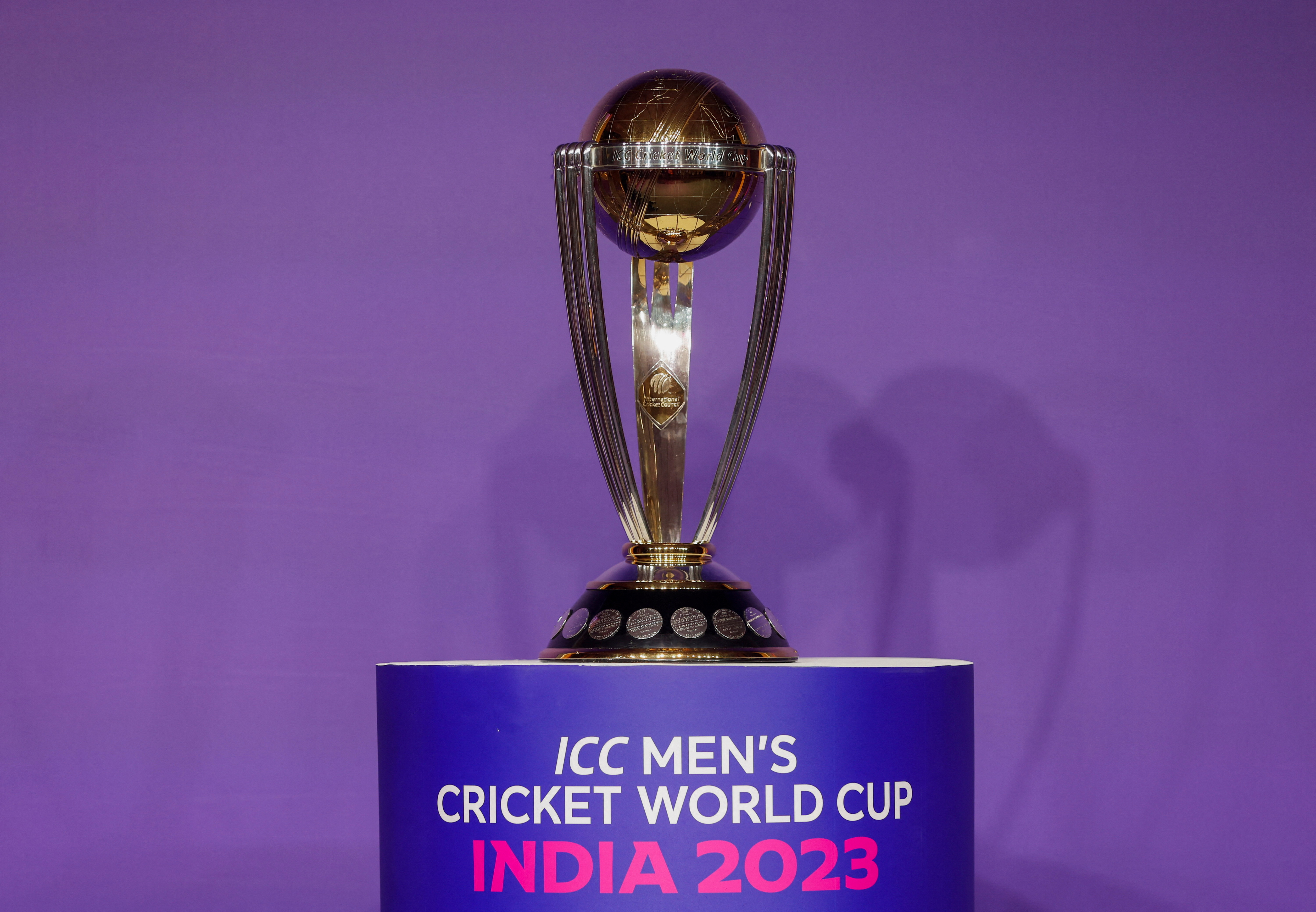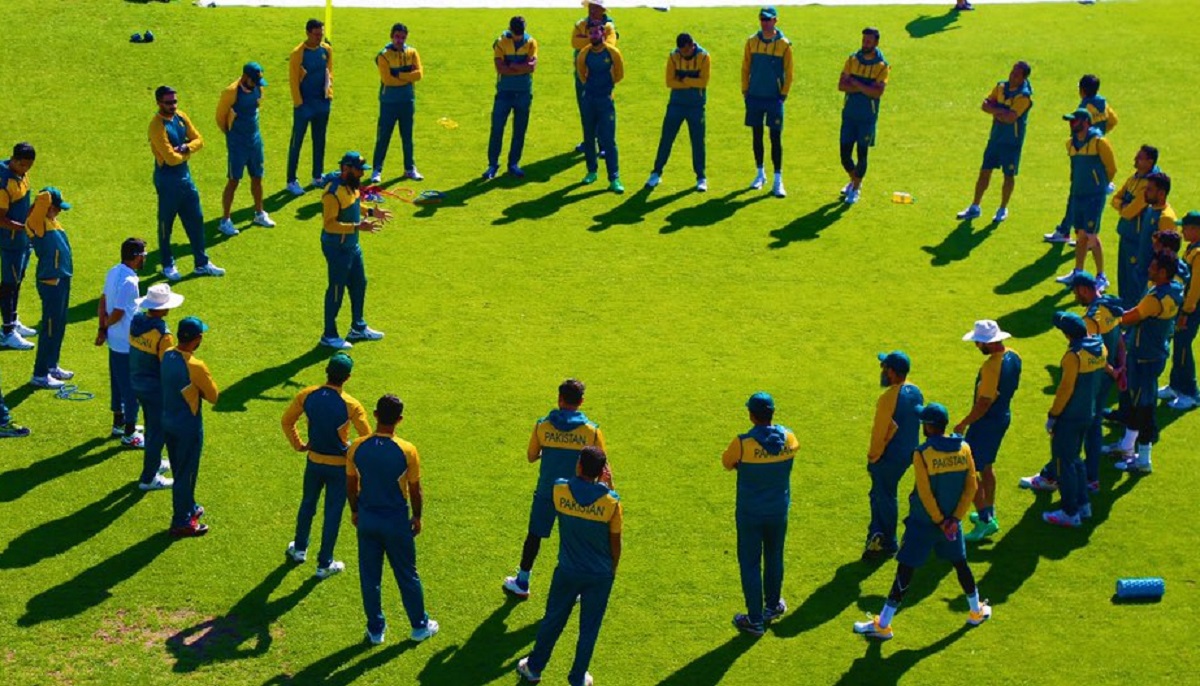There was a news report this morning in which it was mentioned that the great Pakistan fast bowler, Wasim Akram and Inzamam-ul-Haq had criticised the Pakistan coach Misbah-ul-Haq for his negative expressions during the recent series in England. When I first read that, I found it quite interesting and at the sametime, amusing too. I really thought that why should the former players criticise every small aspect of what the current players or support staff are doing? Is Akram and Inzamam justified in criticising Misbah?
Did these former players behave or react differently when they were playing? It is absolutely perfect if they criticise the performance of these players or the coaching staff but to pick on their dressing room antics is not correct. Remember, dressing room is considered sacred by all the players and the support staff so much so that anything can be said within the confines of the dressing room.
What did Misbah do to invite criticism?
If one can look at the pictures that have emerged, Misbah had his hands on his head probably because of a poor shot played by a batsman or a poor throw or a dropped catch or because of a poor piece of fielding or because he was having a headache. He did all of these within the confines of the dressing room. If not for the camera, no one would have even noticed these expressions of his. This is perfectly normal for a human being. A human is bound to be dejected or depressed or get angry when something is not following a set process.
Misbah is the coach of a team that has significant following in Pakistan. He definitely will be under tremendous pressure because he will have to ensure good performance on the part of the players. It is pretty easy to criticise from the commentator’s box or in your YouTube video. These players who have played the game at the highest level, would definitely know the pressure the coach will be under and must be able to understand and empathise with the coach. They should not be criticising his mannerism.
Akram’s comment
“The head in his hands was not the best sign from the coach. The team and the bowlers are getting hammered but body language is so important for any coach. It doesn’t matter what the situation is, it is his job to be positive. At least look positive”
Inzamam’s Comment
“During the fifth over of England innings, the camera showed Misbah and he had his hands on his head, which suggested that something really bad had happened. You are giving a wrong message by doing these things. If you respond like this, then this will have a bad effect on the team,” Inzamam said.
In the above comments, the former players did not comment on Misbah’s coaching method or his way of motivating the players but instead they commented on something so trivial that almost every coach & every captain displays when things are not going well. There are perfectly valid criticisms by former players which was genuine and directed towards the performance of the players and the coach. This link is one such example.
Behaviour of these former players
These so called former players, while they were still playing, did they portray positive behaviour all the time? Hasn’t Wasim Akram shouted at the fielder right there on the ground when a catch was dropped? Hasn’t he abused a player because of poor fielding? Hasn’t Inzamam made a fool of himself or his partner by running himself out or his partner multiple times? Sanjay Manjrekar in his book “Imperfect” talks about Pakistani cricketers abusing their own team members more than they abuse the opponents. Shouldn’t Akram or Inzamam reflect upon those moments before directing their criticism on a hapless Misbah-ul-Haq? When a team is losing, it is perfectly alright to criticise the coach on his performance but not on his natural reactions. Instead of targeting Misbah, Akram and Inzamam should have offered advise or should have provided suggestions but they did neither.
Other comments by former players
Akram and Inzamam are not the only ones to be faulted. They are not the first ones to criticise the current players and the coach on their non-performance related activities nor will they be the last. I have read or heard a lot of the so called former greats who criticise the current players on something that the former players themselves would have done during their playing career.
One famous criticism showered on the current players, especially on the captains is the method of spreading the field when number 11 walks in and mainly when a proper batsman is at the other end. In other words, the captains will want to prevent boundaries being scored by the regular batsman and instead will allow them to score a single so that the bowlers will have a chance to get the wicket of the number 11 batsman who is generally considered as someone not that good with the bat. I have heard a lot of commentator criticise this tactic.
They will go onto say that the captain must try to take the wicket of the regular batsman as well and should not mind few fours and sixes. There are lot of instances when a game has turned because of the runs scored for the last wicket. Not just the runs but even the psychological part. These players would have done exactly the same when they were captains. It is nonsense to criticise the current captain for following the same tactic.
These criticisms will increase exponentially in the shorter formats. Mid-on must be up, midwicket must be in the boundary etc.
Conclusion
It is high time these former cricketers realises that even they were once players who have played the game at the highest level for a long period of time and that they have done much of the same throughout their career. They must stop picking on the current lot on trivial issues and actually direct their energies towards constructive criticism. In short, they will have to be critiques.
Are Akram and Inzamam have the moral authority to criticise Misbah? Let me know your comments.



